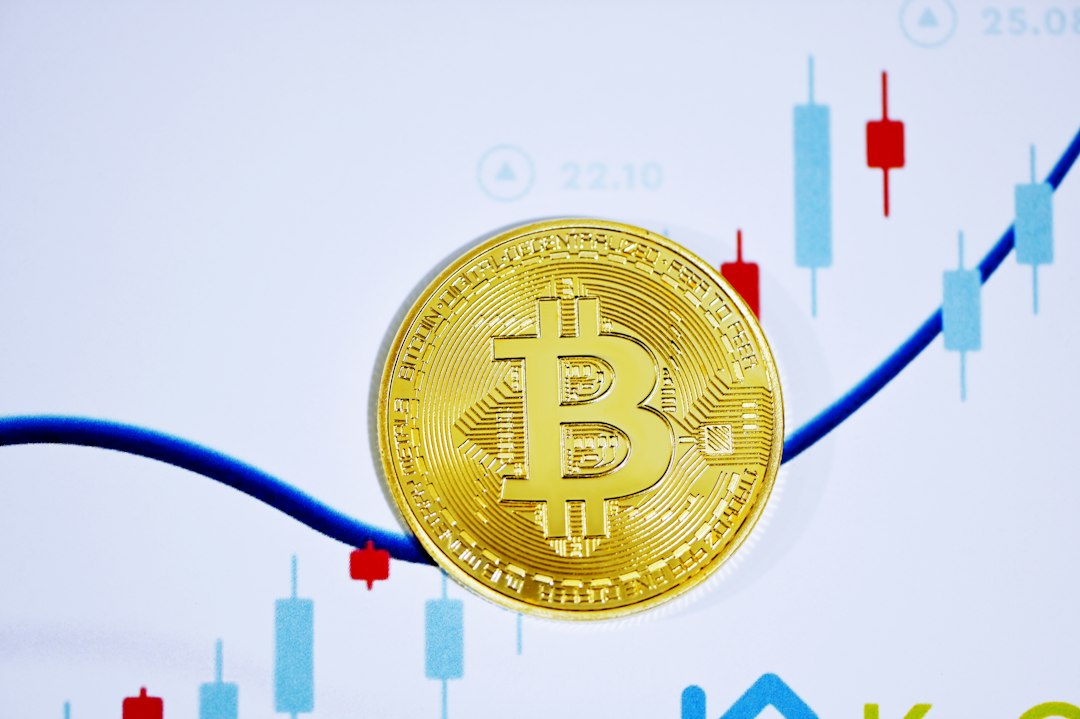The Innovation of Bitcoin Ordinals
Bitcoin has revolutionized the financial market with its decentralized nature and potential for innovation. It has quickly become the top choice for investors diversifying their portfolios. One recent innovation introduced by Bitcoin is the concept of ordinals, its unique form of non-fungible tokens (NFTs). However, this has sparked controversy within the crypto community.
Prior to the introduction of ordinals, NFTs were specific to blockchains that supported smart contracts like Ethereum and Solana. Bitcoin was primarily seen as a funds transfer tool. However, with the development of the Ordinals protocol by Casey Rodarmor, Bitcoin can now create NFTs.
Understanding Ordinals
The Ordinals protocol allows for unique identifying data to be assigned to the smallest units of Bitcoin (satoshis) in a block. Previously, bitcoins were fungible tokens and could not be differentiated from one another. The protocol changes this by differentiating satoshis based on their unique features.
The protocol was made possible by two updates in the Bitcoin ecosystem: Segregated Witness and Taproot. Segregated Witness detached witness script from transaction data, allowing for additional content to be added to blocks. Taproot changed the address format used by the blockchain, enabling differentiation between satoshis.
Why are Ordinals Controversial?
The introduction of ordinals as NFTs has caused buzz within the crypto sector. While some see it as an innovative addition, critics argue that it uses block space inefficiently and could lead to increased transaction fees and slower transaction times. However, the protocol has potential beyond ordinals and could enable Bitcoin to have its version of smart contracts.
Popular Ordinal Projects
Since Bitcoin announced its support for NFT creation, several popular ordinal projects have emerged. One notable project is Ordinal Punks, which features a collection of 100 hand-drawn ordinals. Bitcoin Rocks is another collection inspired by Ether Rocks, featuring unique digital rocks sold at high prices.
TwelveFold is a collection of 300 abstract artwork NFTs, and Taproot Wizards includes 2105 unique hand-drawn wizards. These projects aim to showcase the potential and exclusivity of Bitcoin’s ordinals.
The Future of Ordinals
While there have been no significant changes in Bitcoin’s rules since the introduction of ordinals, the protocol holds tremendous potential. Only time will tell how it will impact blockchain transactions and further innovation within the crypto space.
Hot Take: The Rise of Bitcoin Ordinals
The introduction of ordinals as Bitcoin’s unique form of non-fungible tokens has sparked both excitement and controversy within the crypto community. While some believe it brings new opportunities and boosts Bitcoin’s value, others argue that it uses block space inefficiently. Despite the debate, popular ordinal projects like Ordinal Punks and Bitcoin Rocks have already gained traction, showcasing the growing interest in this innovation. As we look to the future, only time will reveal the full potential and impact of Bitcoin’s ordinals on the financial market and blockchain transactions.





 By
By
 By
By
 By
By
 By
By
 By
By
 By
By